A devastating water shortage in Mexico City, Mexico, may result in the entire city running out of water by the time the summer rolls around. Nearly 22 million people live in Mexico City, making it one of the largest cities in the world by population.
The water crisis is thought by experts to be exacerbated by the effects of climate change, with neighborhoods in the city already reporting weeks going by while lacking water.
No Proper Running Water for Three Months
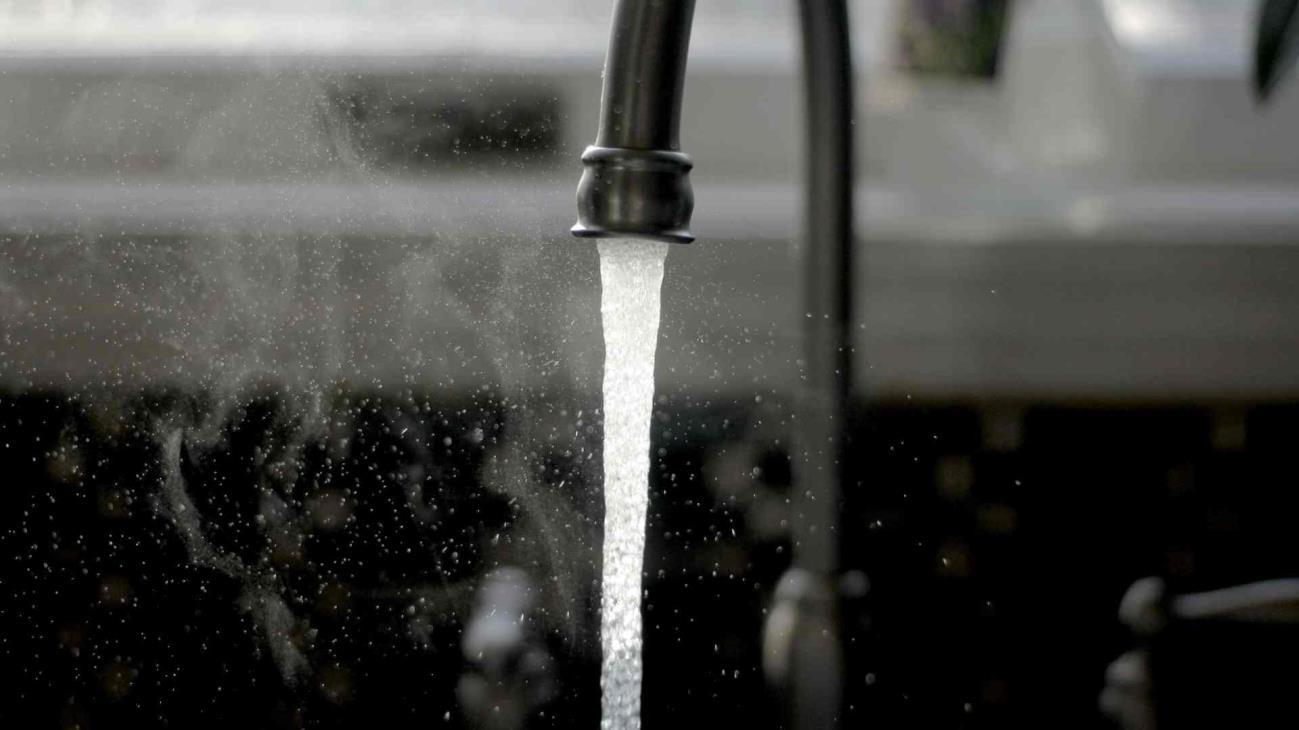
One Mexico City resident, Alejandro Gomez, told CNN that his family has been without proper running water for more than three months now.
The running water in his area is sporadic, with him getting at most one or two hours of water a day. Even when Gomez does get water, it only comes in small amounts that can barely fill a few buckets.
Struggling to Get Deliveries
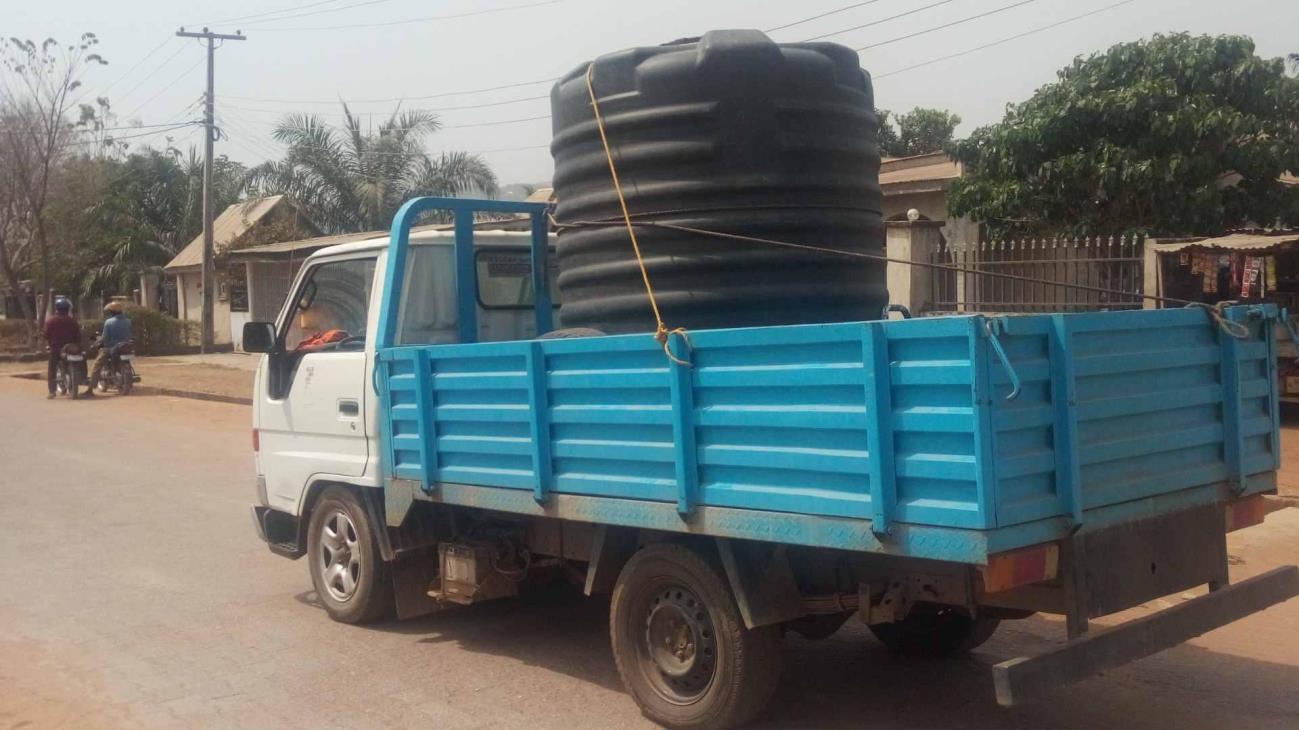
Gomez’s family doesn’t have a storage tank for water, so water truck deliveries won’t be much help for them. They are forced to scrounge for water wherever they can. Water is reused whenever possible. The water used for bathing is captured to ensure there is enough water to flush the toilet.
“We need water, it’s essential for everything,” Gomez said. (via CNN)
What Experts Are Saying
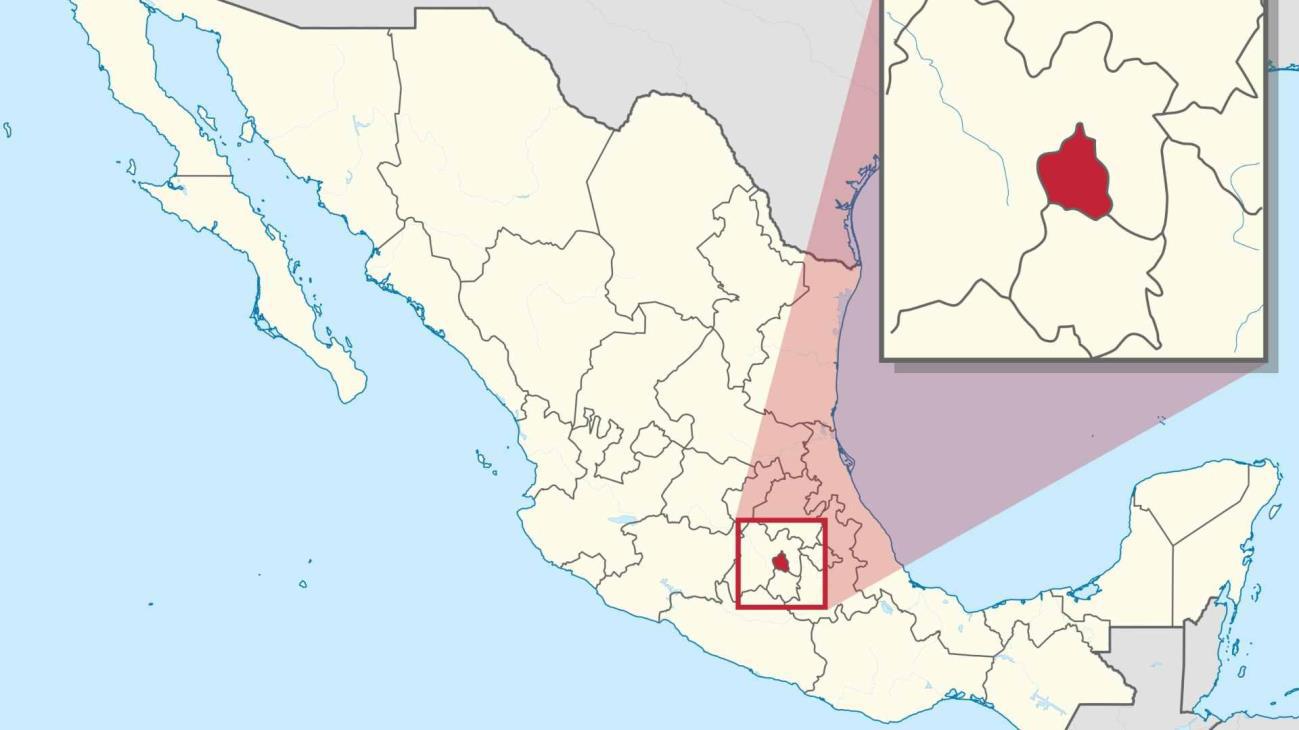
Christian Dominguez Sarmiento, an atmospheric researcher at the National Autonomous University of Mexico, commented on the crisis. Sarmiento emphasized how the worst may be yet to come.
“Several neighborhoods have suffered from a lack of water for weeks, and there are still four months left for the rains to start,” Sarmiento said to CNN.
Worldwide Water Shortages
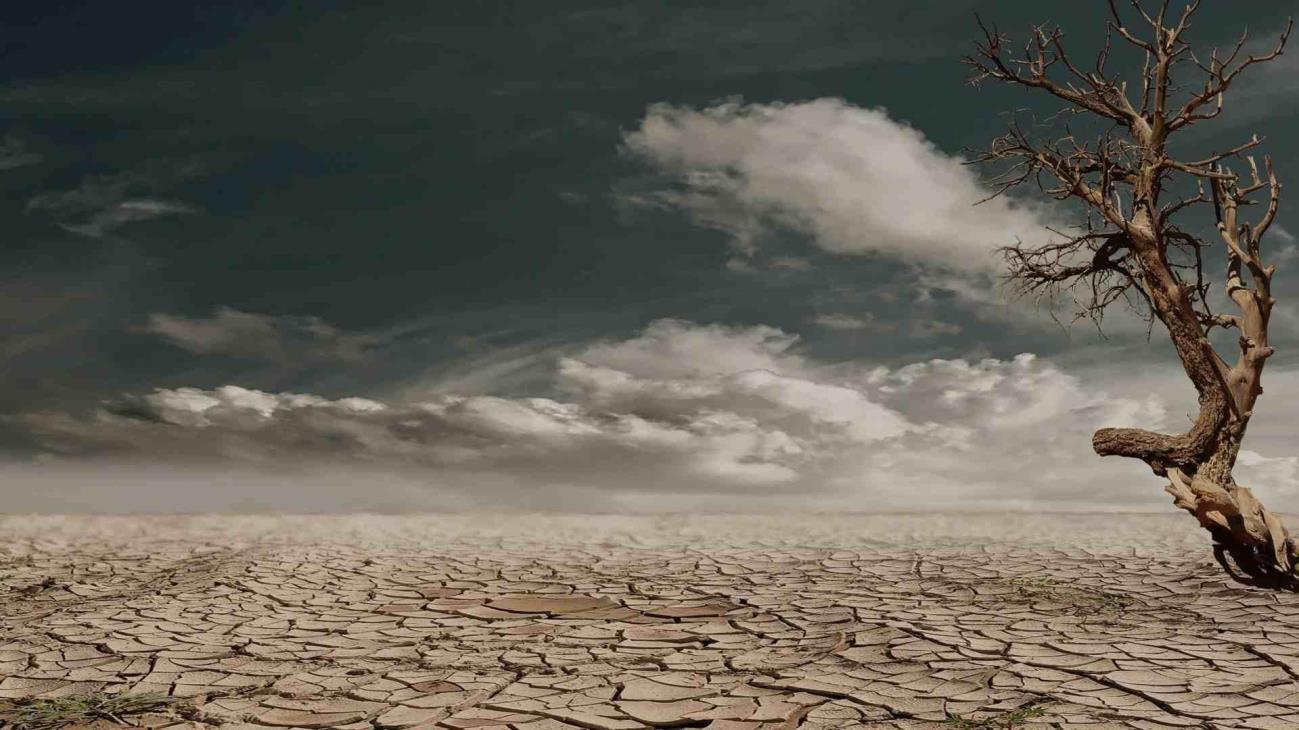
A World Resources Institute’s Aqueduct Water Risk Atlas report released in 2023 detailed the extent of water shortages across the world. Nearly one-quarter of people on the planet are faced with extreme water stress that is only set to get worse.
25 countries that house 25% of the Earth’s population are now facing extreme water stress every year. Over 50% of the Earth’s population lives under high water-stressed conditions that last at least a month every year.
Water Demand Rising

The World Resources Institute estimates that the demand for water is more than twice as high today as it was in 1960. Earth’s population has increased substantially, but it’s not just humans who are drinking it. To support human populations, companies have expanded agriculture and livestock fields, which need water to support them.
Water is also an important resource in energy production and manufacturing processes, for which demand has only increased as technology has improved.
Future Consequences
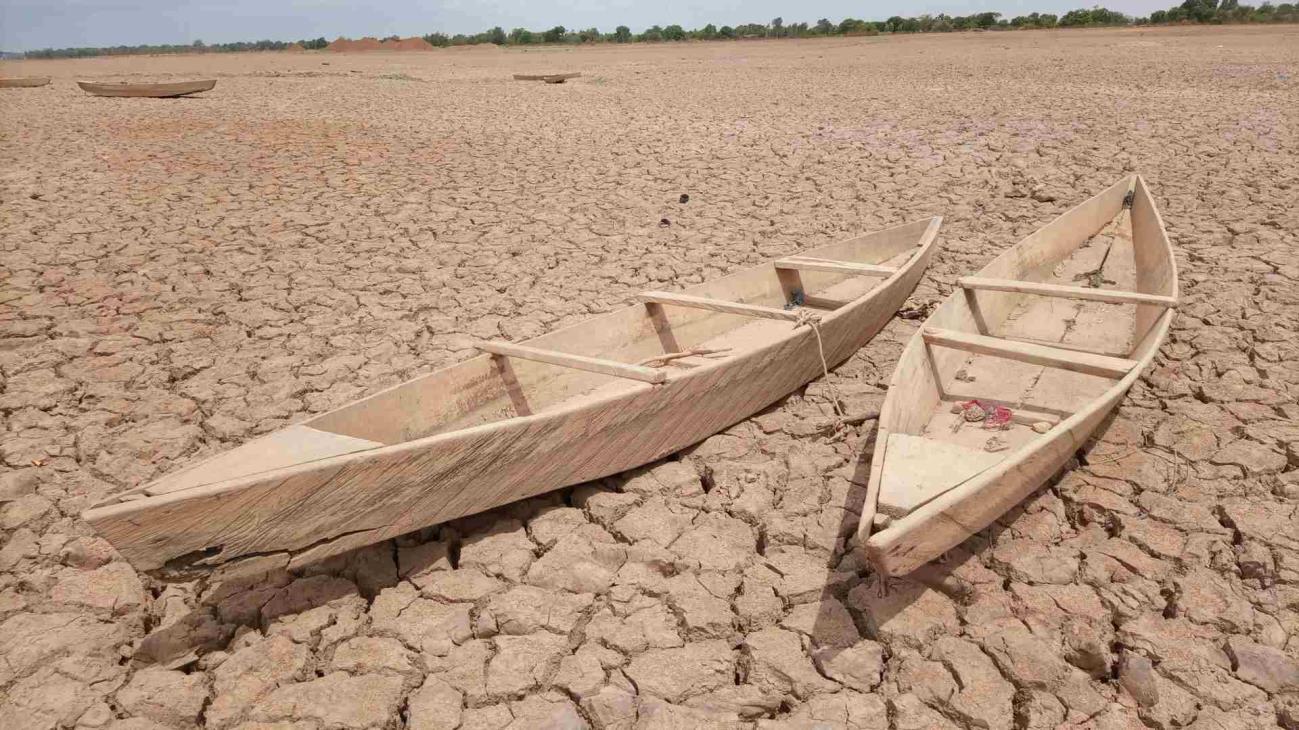
The World Resources Insitute predicts that by 2050, nearly 1 billion people on the planet will be living under constant high water stress.
They estimate that the demand for water is expected to increase by 20% from the current levels in 2050. If more isn’t done to retain and conserve the planet’s water, it could destabilize global water-reliant industries, causing water supplies to be less consistent and predictable.
Origins of Mexico City
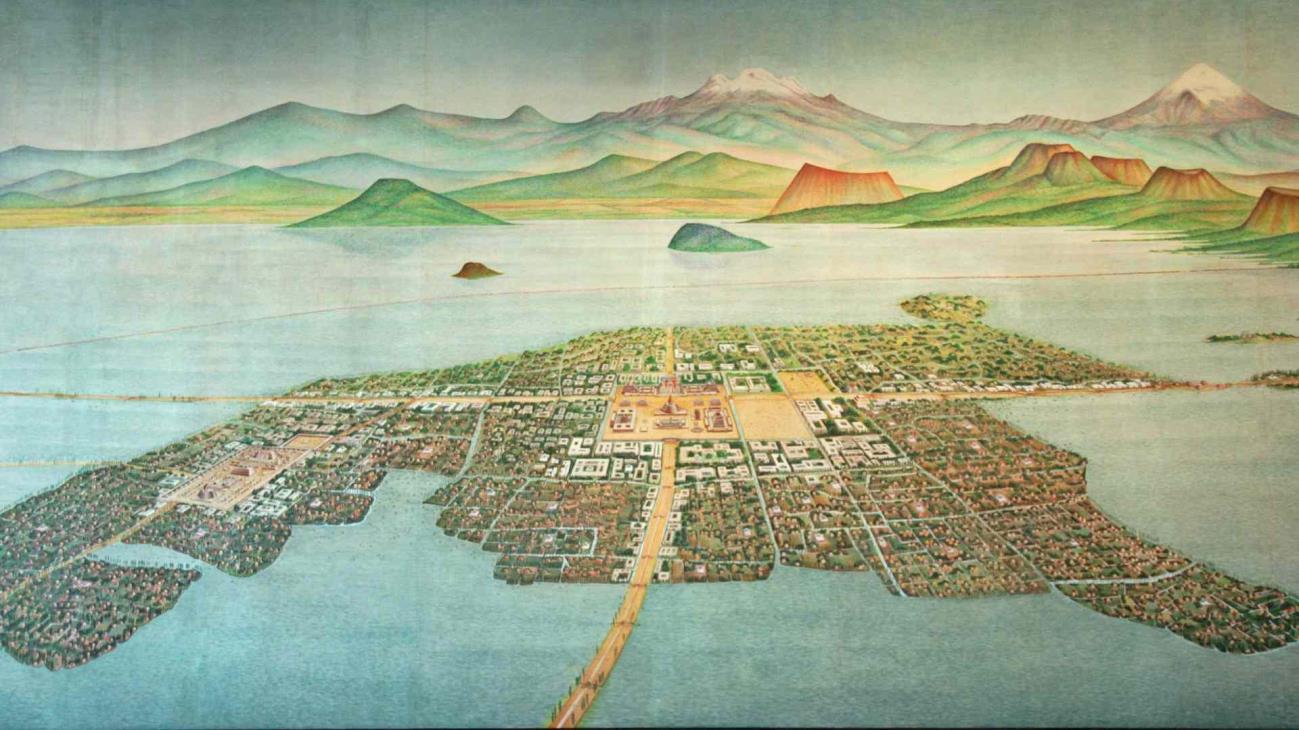
Mexico City was originally built on a series of lakes and canals by the Aztecs in 1325. The lake and waterways were stripped by the Spanish when they arrived in the Americas during the 16th century. The Spanish saw the abundance of water standing in the way of the city’s development, which is ironic, given the city’s current situation.
Architect Jose Alfredo Ramirez remarked that the Spanish saw “water as an enemy to overcome for the city to thrive.” (via CNN)
Underground Aquifier
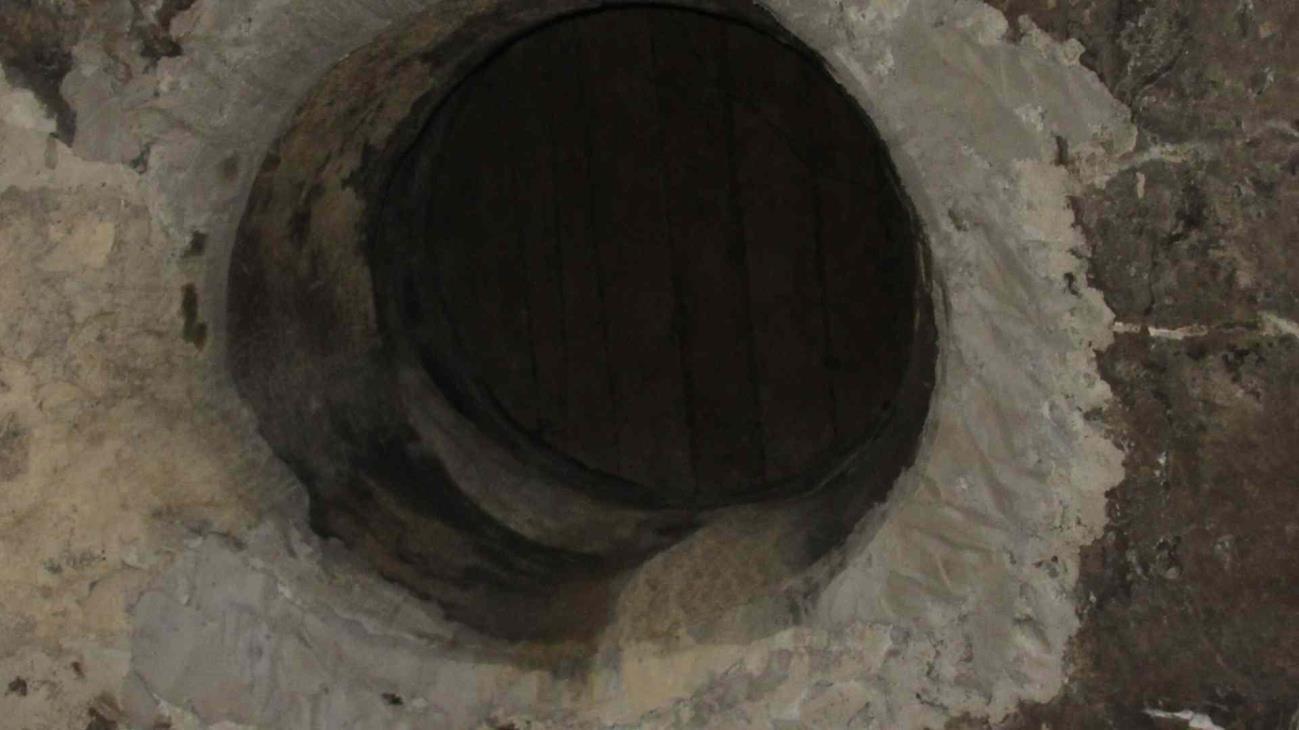
The decision to destroy the lakebed and canals of the city has proven to have far-reaching consequences centuries later. According to CNN, around 60% of Mexico City’s water has to come from a single underground aquifer. This aquifer has been over-extracted, thanks to increasing water demand over the years.
Mexico City derives the rest of its water supply from inefficient uphill sources that UNAM Global Revista reports cause around 40% of the water to be lost.
Mexico City Is Sinking

Because of the draining of their underground aquifer, the city itself is sinking at a rapid rate of 20 inches per year, according to research published in JGR Solid Earth.
Mexico City has been sinking for over a century, and the paper asserts that there is no hope for recovery at the rate things are going.
Efforts Underway to Restrict Water
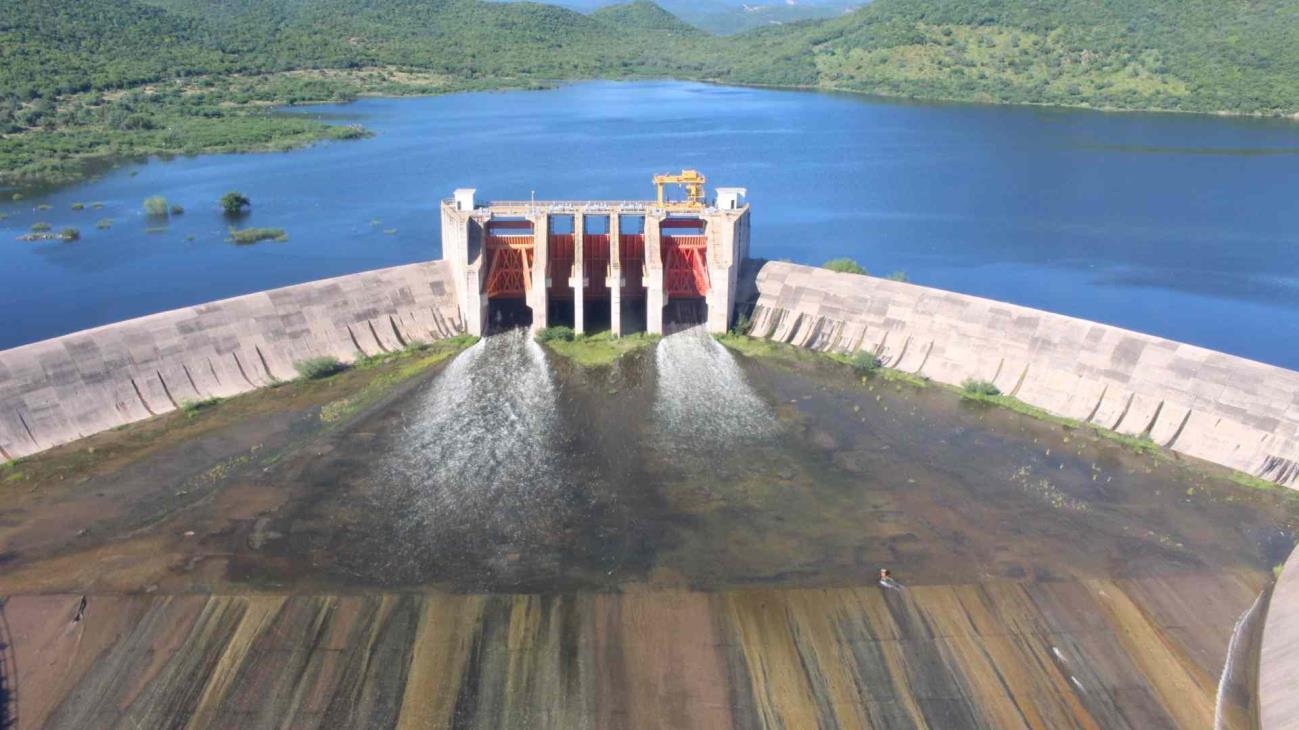
Mexico’s national water commission, Conagua, announced in October that it would be restricting water from Mexico’s Cutzamala water system by 8% in preparation for the coming droughts. However, the supplies of that water system have reportedly hit a historic low. According to CNN, it is only at about 39% capacity.
Shortly after the 8% announcement, the number was tightened further by officials to ensure water supplies would not run out.
Is Mexico Approaching Day Zero?
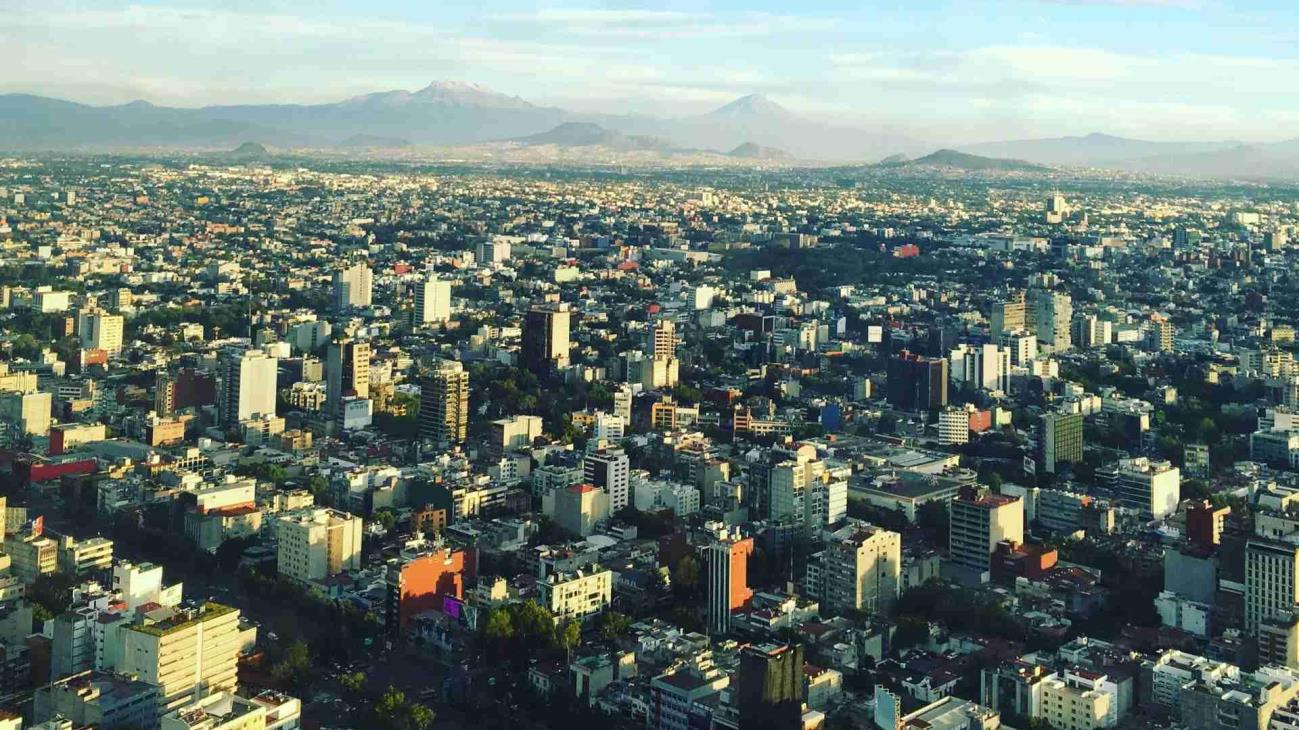
Residents in Mexico City are wary of the approach of “Day Zero,” a day that may occur soon when the water taps of their city officially run dry.
Experts like Fabiola Sosa-Rodriguez, head of economic growth and environment at Metropolitan Autonomous University are not optimistic about Mexico City’s future. “It’s probable that we will face a day zero,” Sosa-Rodriguez said. (via CNN)
Why are Water Shortages Occurring?
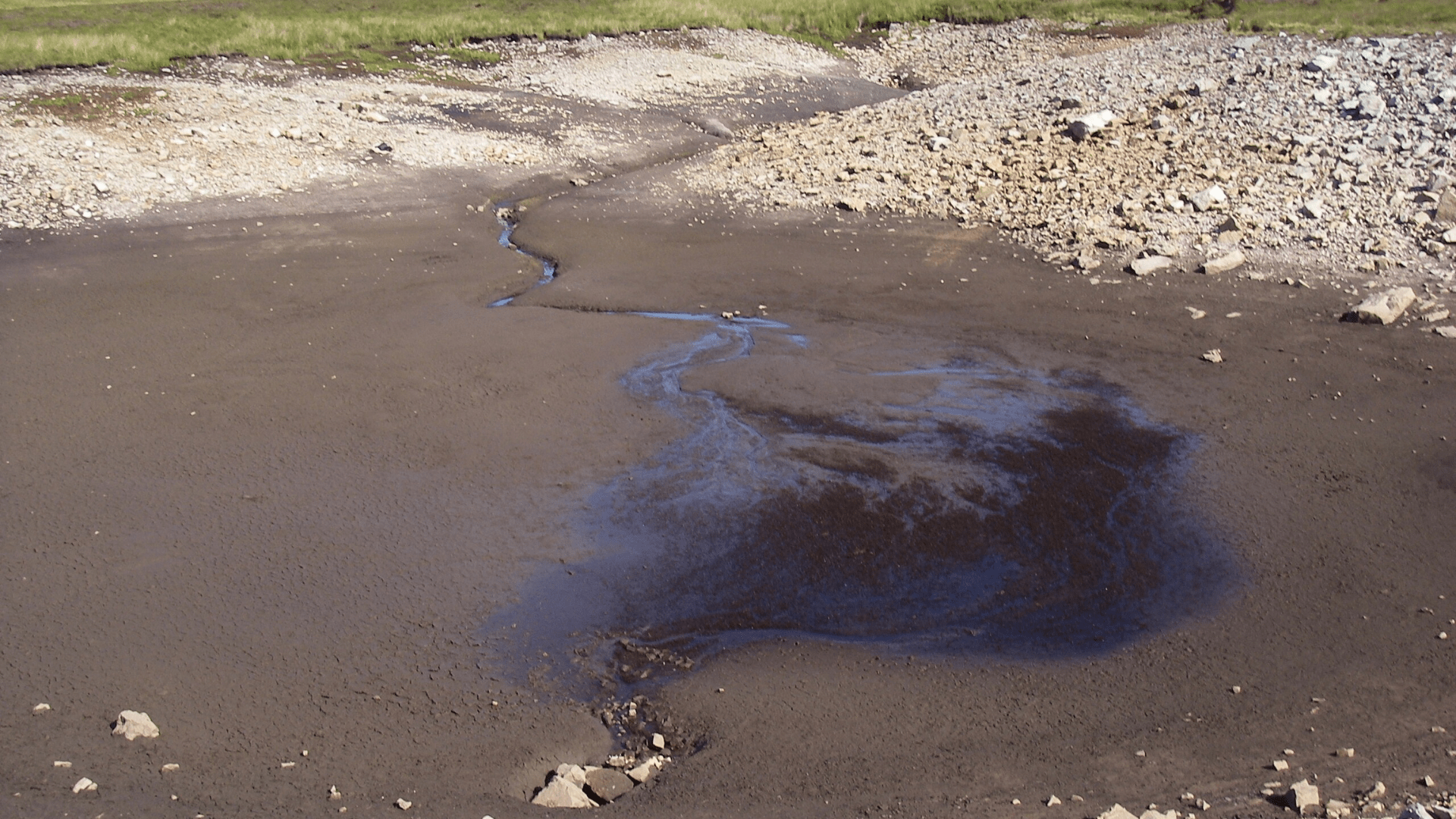
Extreme water shortages are often outside the possibility of human control. Climate change has been a major contributor to water shortages across the world.
Agriculture is a huge consumer of water and many of the ways water is distributed in this industry are inefficient. Some place the blame squarely on climate change because it is altering weather patterns and causing droughts in key areas that lead to shortages.
What is Climate Change?
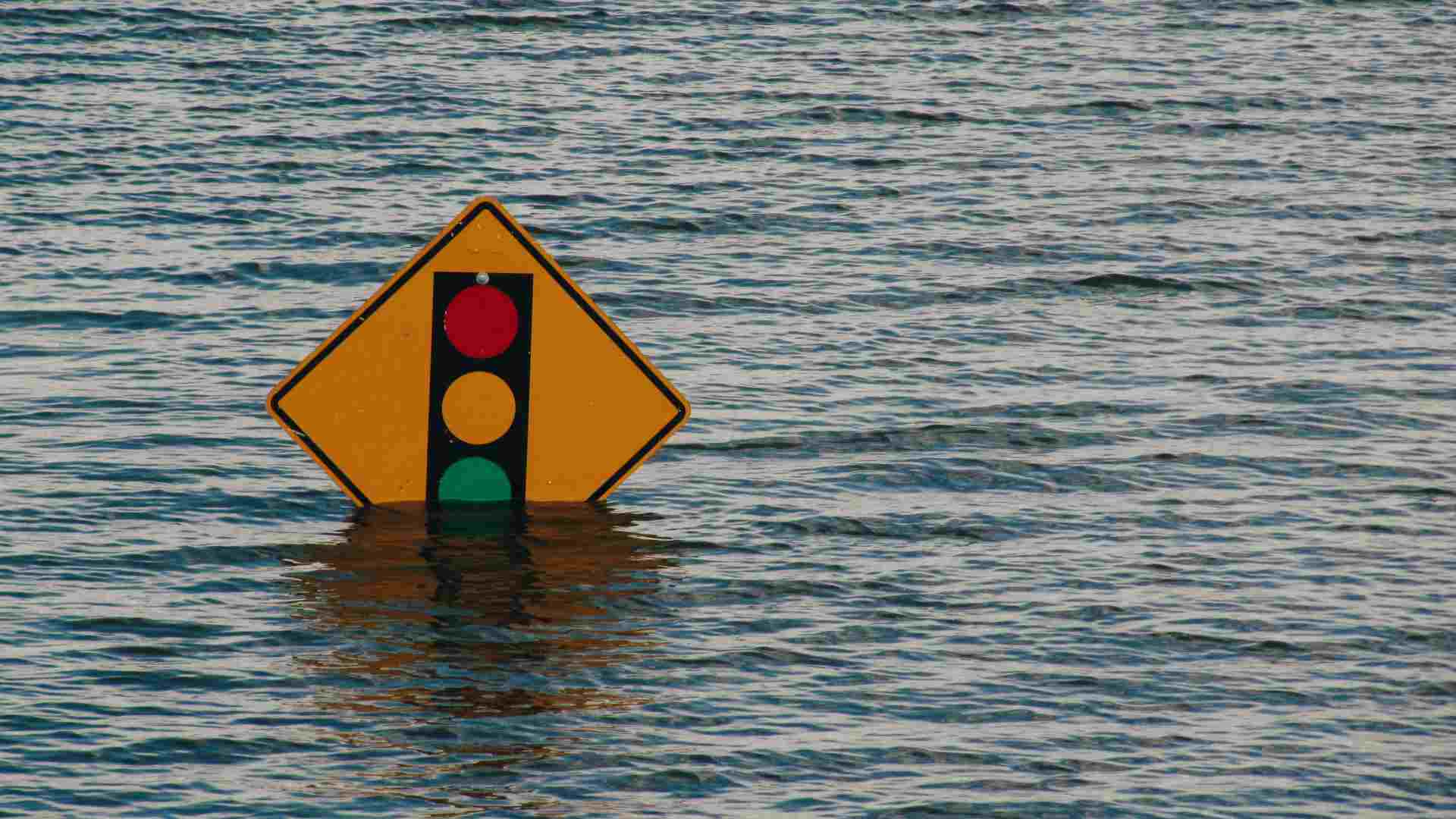
Climate change is when there is a long-term shift in the Earth’s climate and weather conditions. One hypothesis or theory is that human-driven actions are causing destructive changes in the long-term climate of the Earth.
There are several ways that humans are thought to be causing this change. Production and human industry cause huge amounts of greenhouse gases to rise into the atmosphere, which causes the average global temperature to steadily rise.
Greenhouse Gases
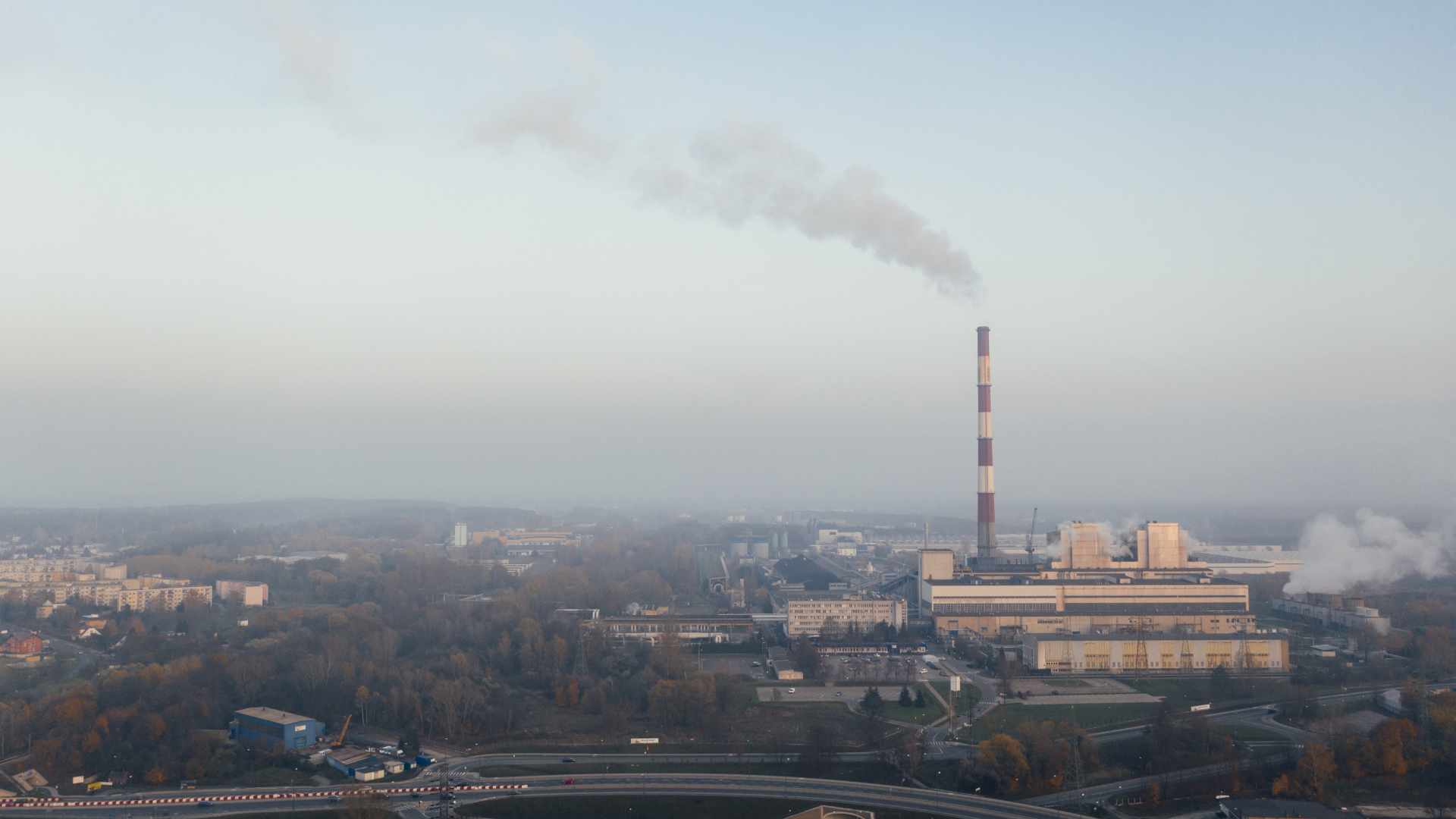
A greenhouse gas is any gas emission that contributes to what is called the greenhouse effect. The greenhouse effect is a phenomenon where certain gases get “trapped” as they ascend into the atmosphere of the earth.
As the gases get trapped they absorb heat from the sun and redirect it back to the earth. This effect prevents heat that would normally be lost to space to now remain on Earth. Over time this raises the average global temperature.
How Does Climate Change Cause Water Shortages?
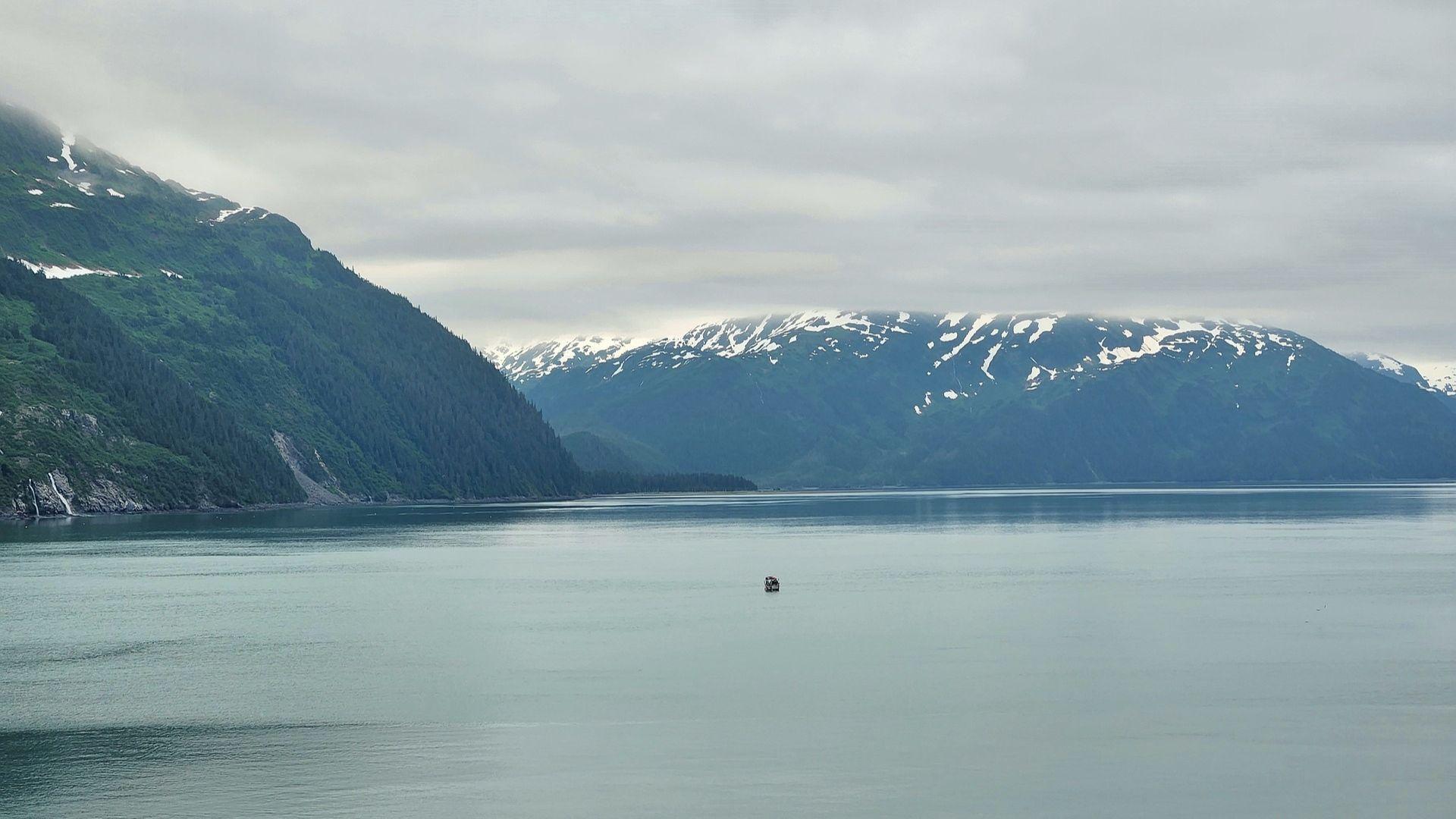
Because the temperature of the Earth is rising across the board, this results in increased evaporation and a host of other problems that can cause water shortages.
As more water is evaporated into the atmosphere, there is less of it on Earth to fill aquifers, lakes, rivers, and other sources of fresh water. This leads to longer periods of drought in places that are already prone to not having available water sources and constant rain.
Soil Drying Out

Another downstream effect of increased evaporation is that the soil and earth in an area can become dried out.
This means that the soil will start to lose its ability to retain water even if rain does again return to the area. Less water being retained in the soil means that it is lost more easily when the Sun’s heat starts the evaporation process all over again.
Permafrost Melt
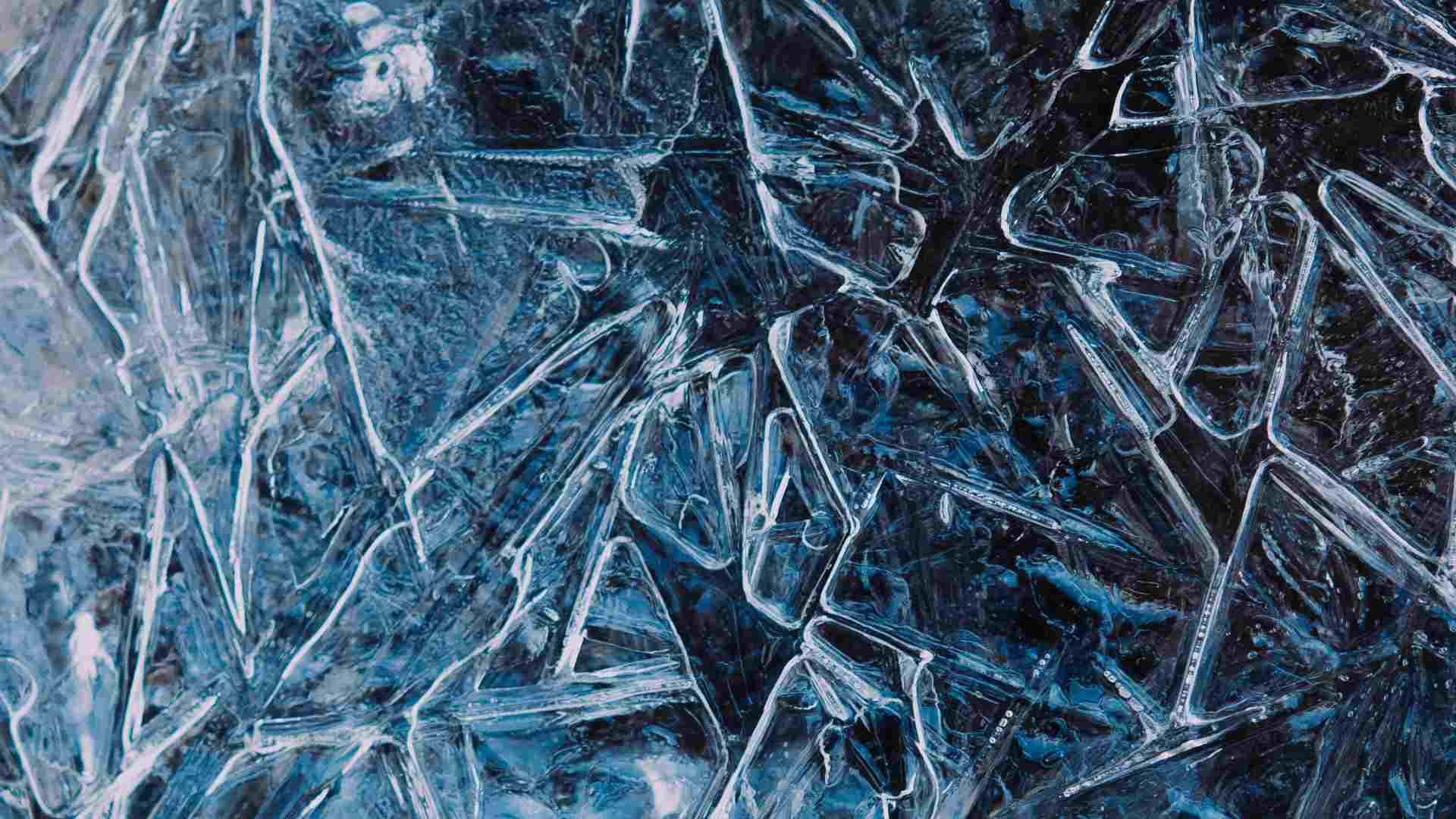
Another big contributor to water shortages from climate change is the melting of permafrost. As snowy tundra areas of the Earth start to melt, the permafrost underneath the ground melts as well.
Without the base of permafrost underneath to support surface water, this water may seep into cracks in the ground and disappear. This means there is less water available for humans to use in their normal sources.
Coastal Erosion
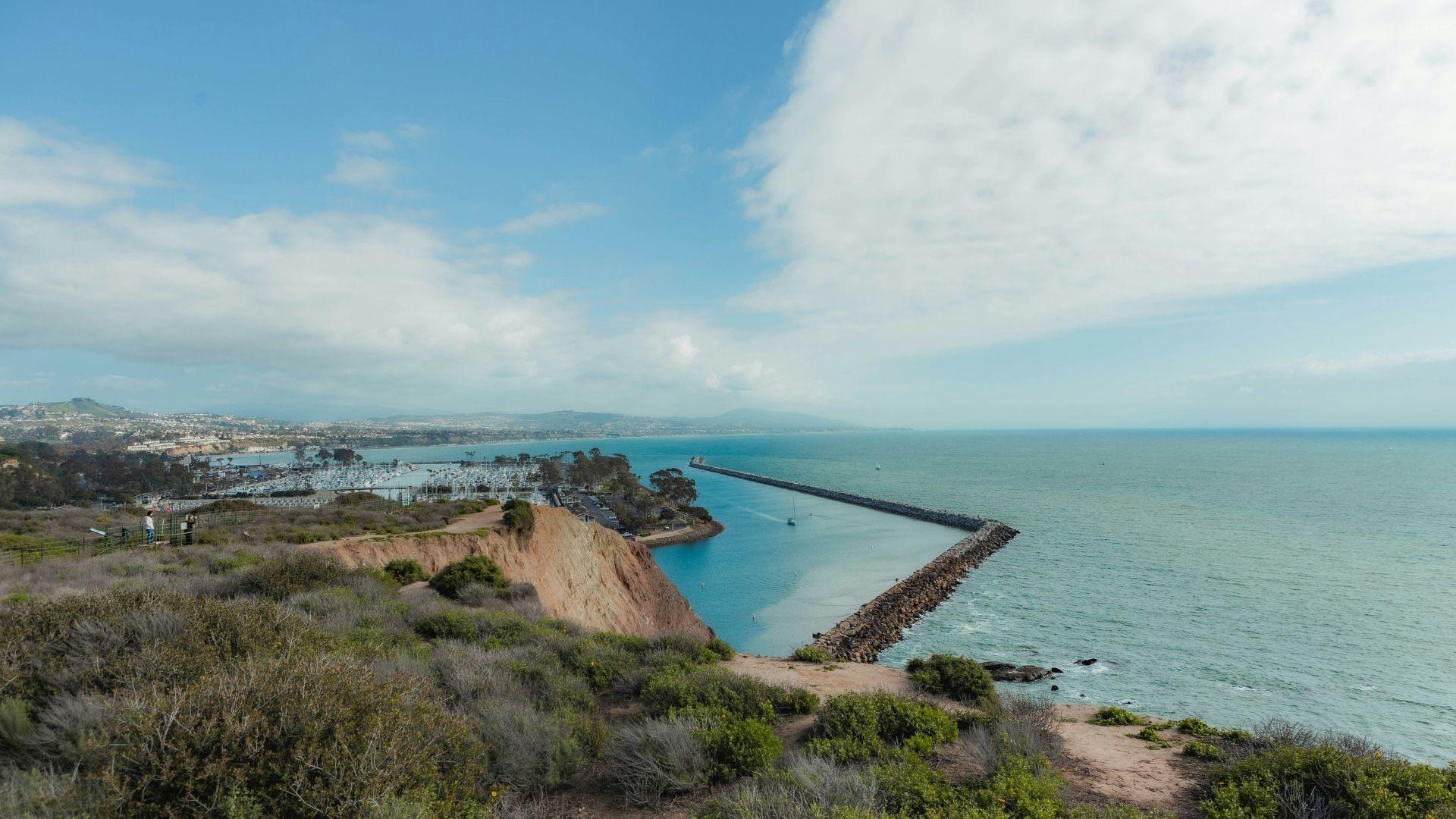
According to the National Library of Medicine, melting permafrost is also a contributor to coastal erosion.
“The so-called geocryological hazard index used to assess the risk of damage to structures built on permafrost is especially high in Chukotka, on the coast of the Kara Sea, in Novaya Zemlya and the north of the European part of Russia. Permafrost degradation along the coast of the Kara Sea may lead to intensified coastal erosion that moves the coastline back by 2–4 m per year posing considerable risks for coastal population centres in Yamal and Taymyr,” a study on NLM said.
How Does Coastal Erosion Contribute to Water Shortages?
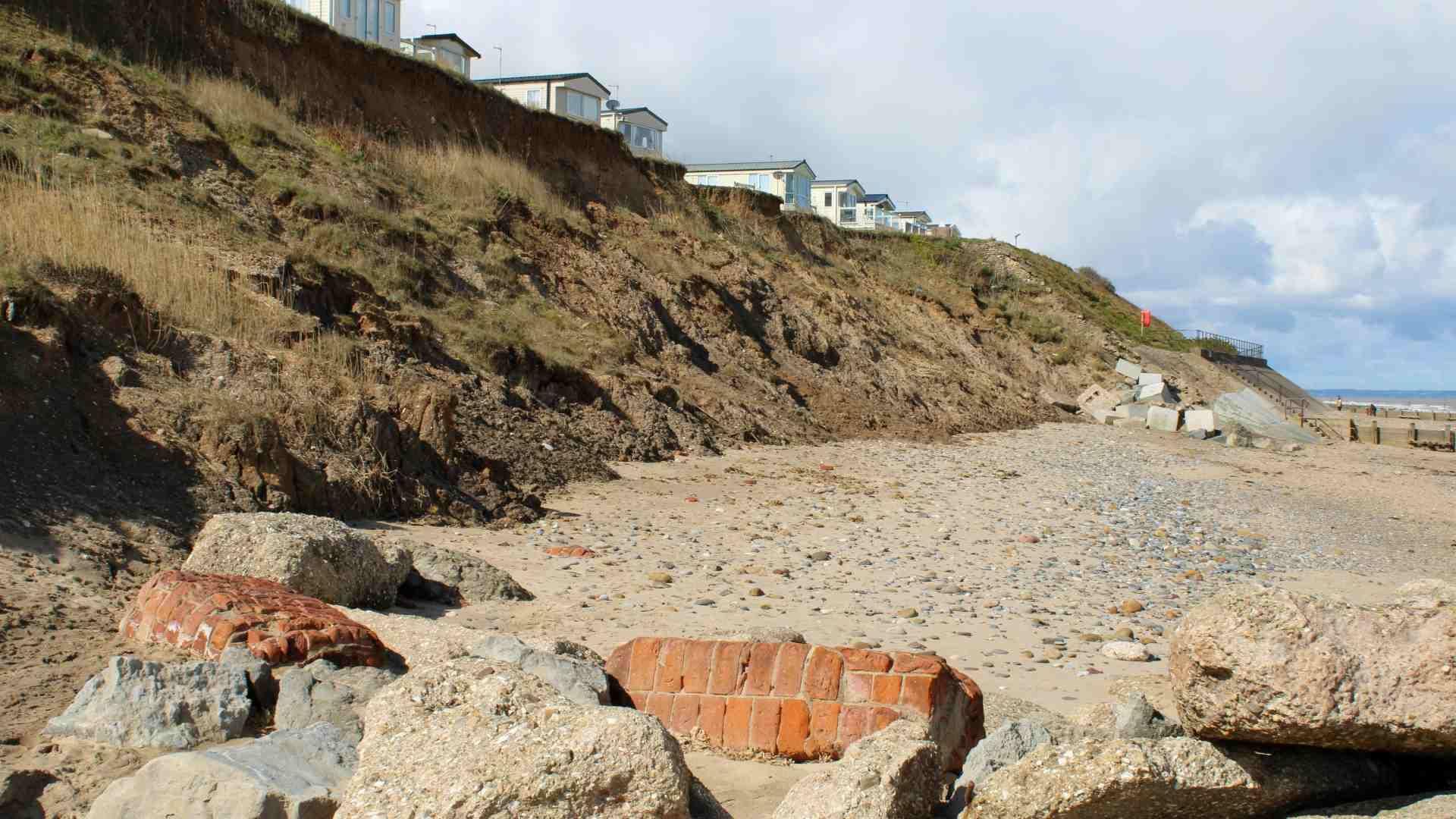
As land erodes into the sea via the process of coastal erosion, this leads to a mixing of surface water and saltwater.
When saltwater mixes with surface or groundwater, it becomes useless for many of the things humans need it for. People cannot drink saltwater as it is, and it can threaten local agriculture and ecosystems.
Sea Levels Rise
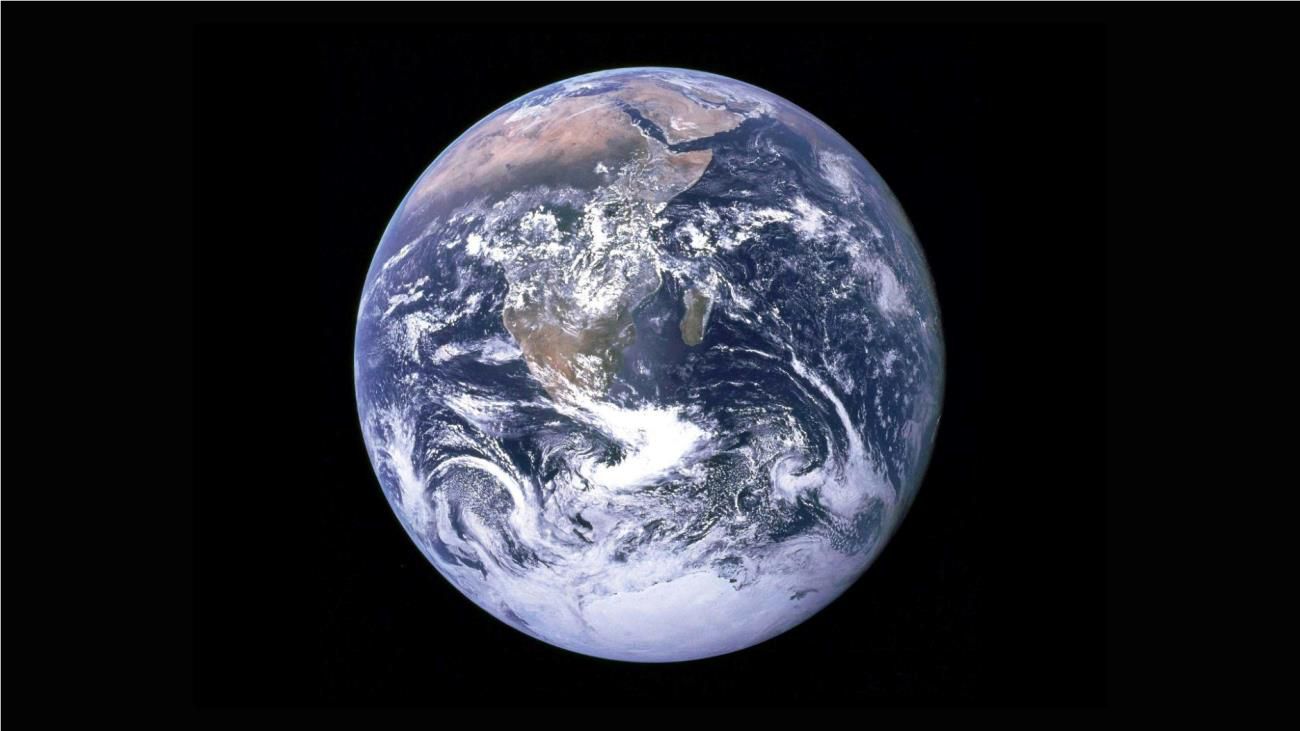
Coastal erosion is another consequence of climate change. Rising global temperatures will cause sea levels to rise, leading to increased wave activity, storms, and other effects that will increase the amount of rocks and earth carried away from the land.
The surface of the Earth is nearly 70% water, but the majority of that water is saltwater, which is unusable.
Why Does Climate Change Cause Sea Levels to Rise?

Climate change and increased global temperatures will cause large sheets of ice in the extreme regions of the planet to start to melt faster than they can be replenished. As these sheets of ice melt they are incorporated into the world’s oceans.
As more water floods into the oceans, sea levels will start to rise across the world. Researchers estimate the global average sea level has risen between 8 and 9 inches since 1880.
Record High Sea Levels
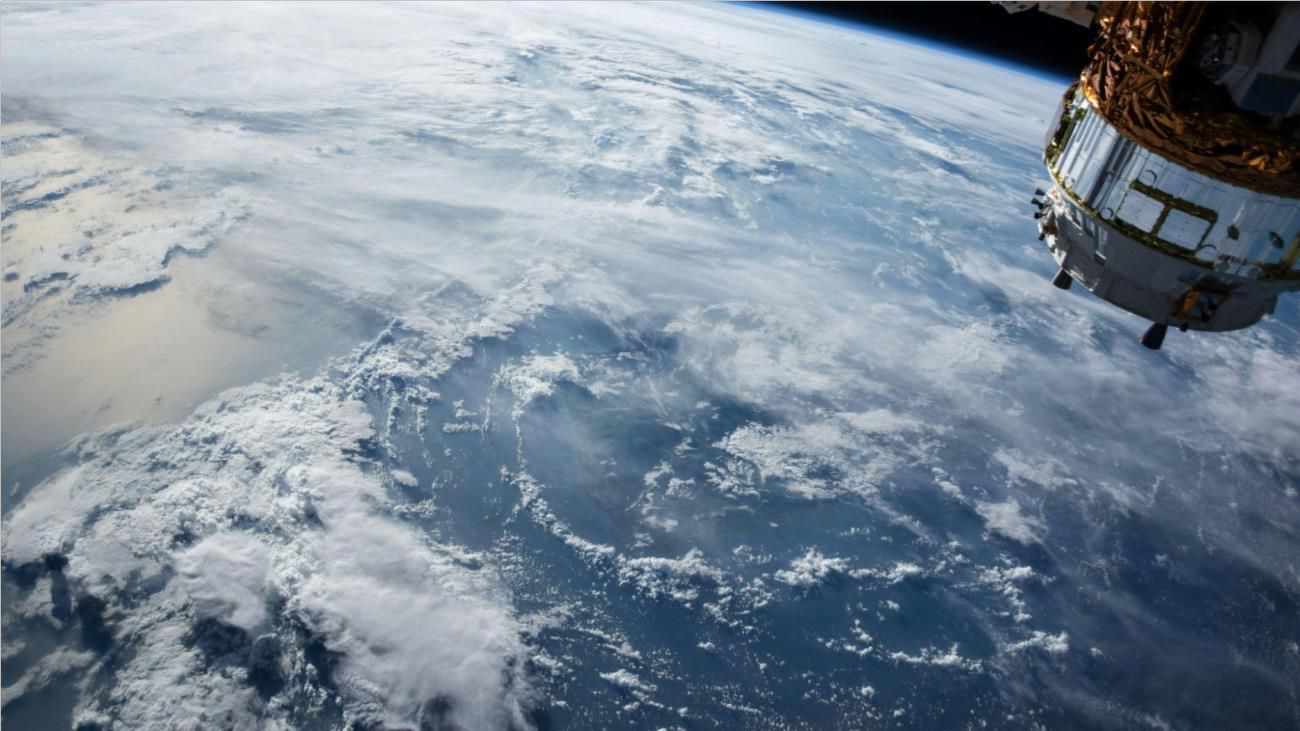
In 2022, researchers estimated that the global average sea level hit a new record high. The average global sea level is now at the highest level since scientists have been using satellite records to record the sea levels.
Of course, this is just the average sea level across the world, different regions of the planet will have their own averages.
Storms
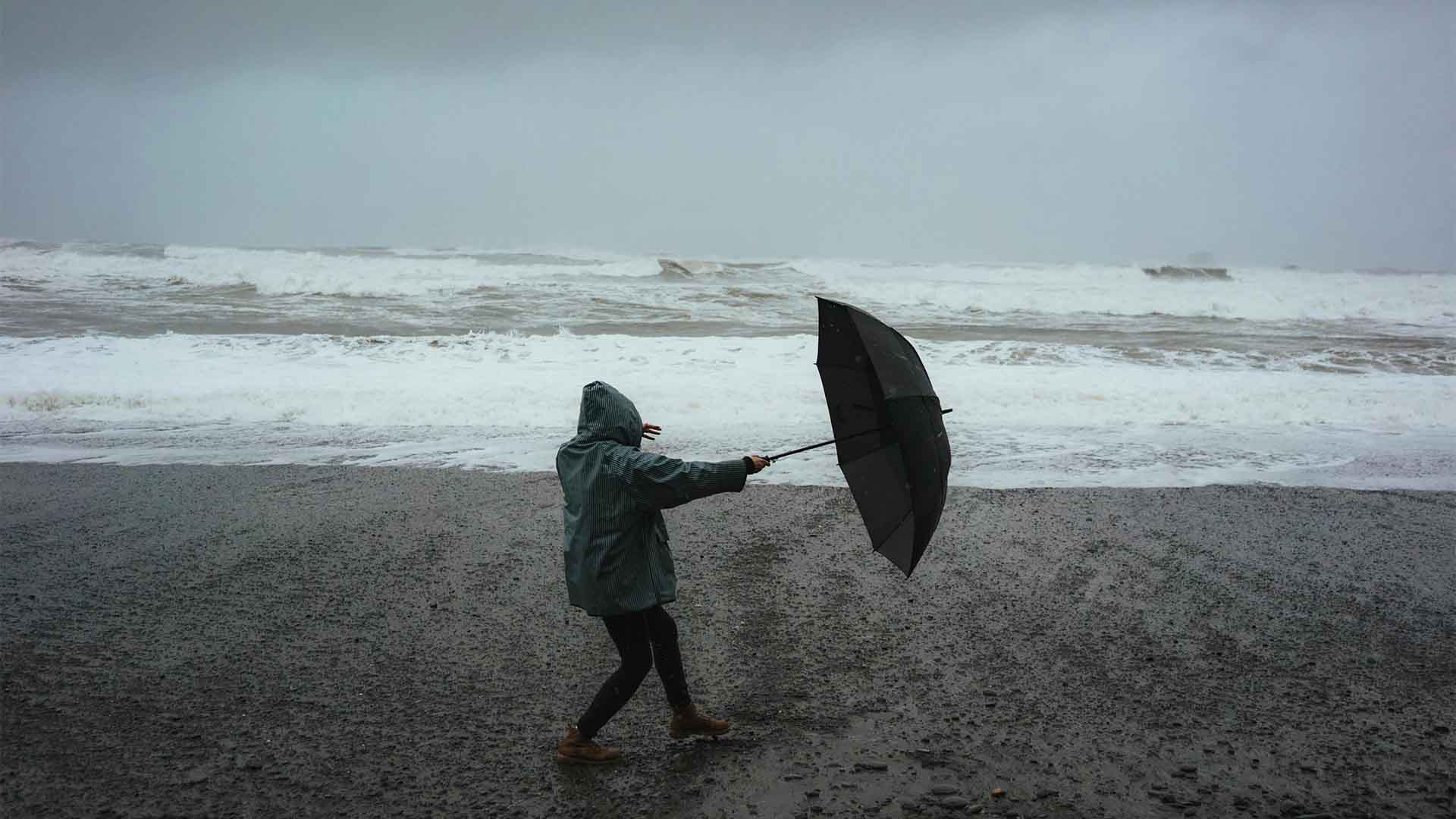
While people experiencing water shortages may be wishing for storms to come visit them, people have to be careful what they wish for.
A climate under the effects of a long-term shift and rising temperatures will deliver more intense storms. These storms, while they may bring rain, could also threaten to destroy existing water and sewage infrastructures in the area.
